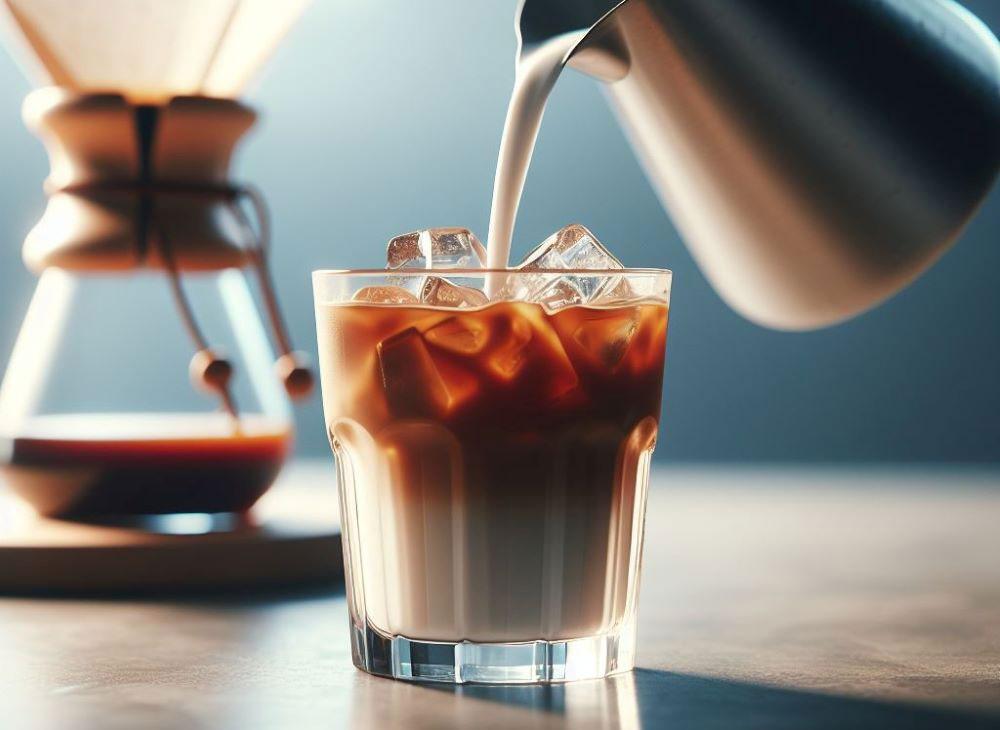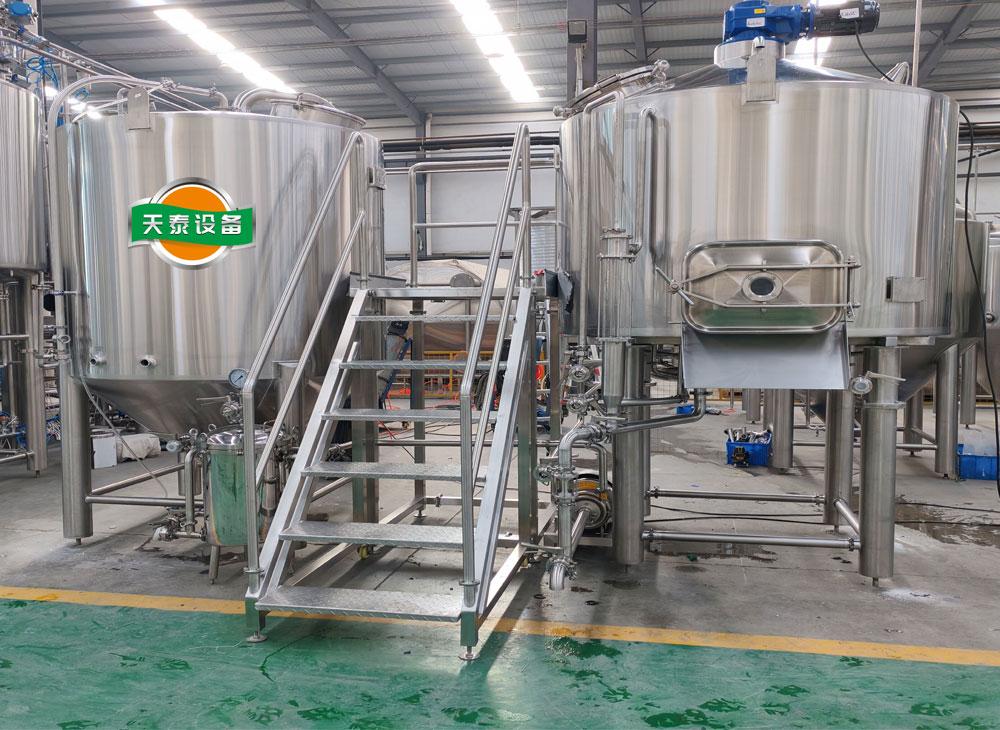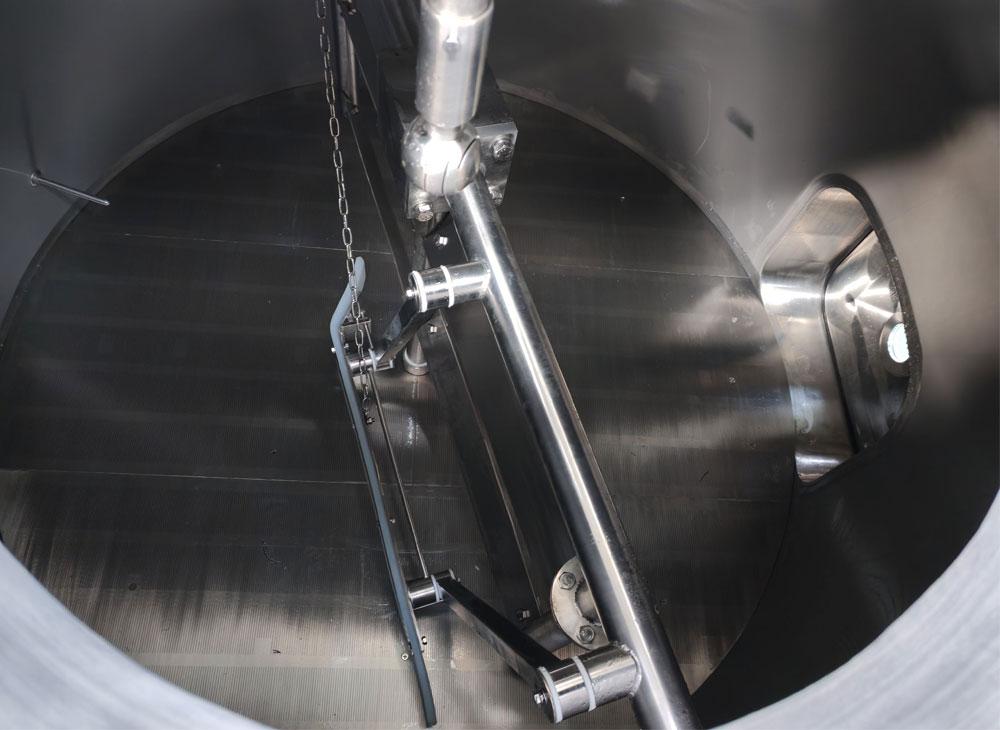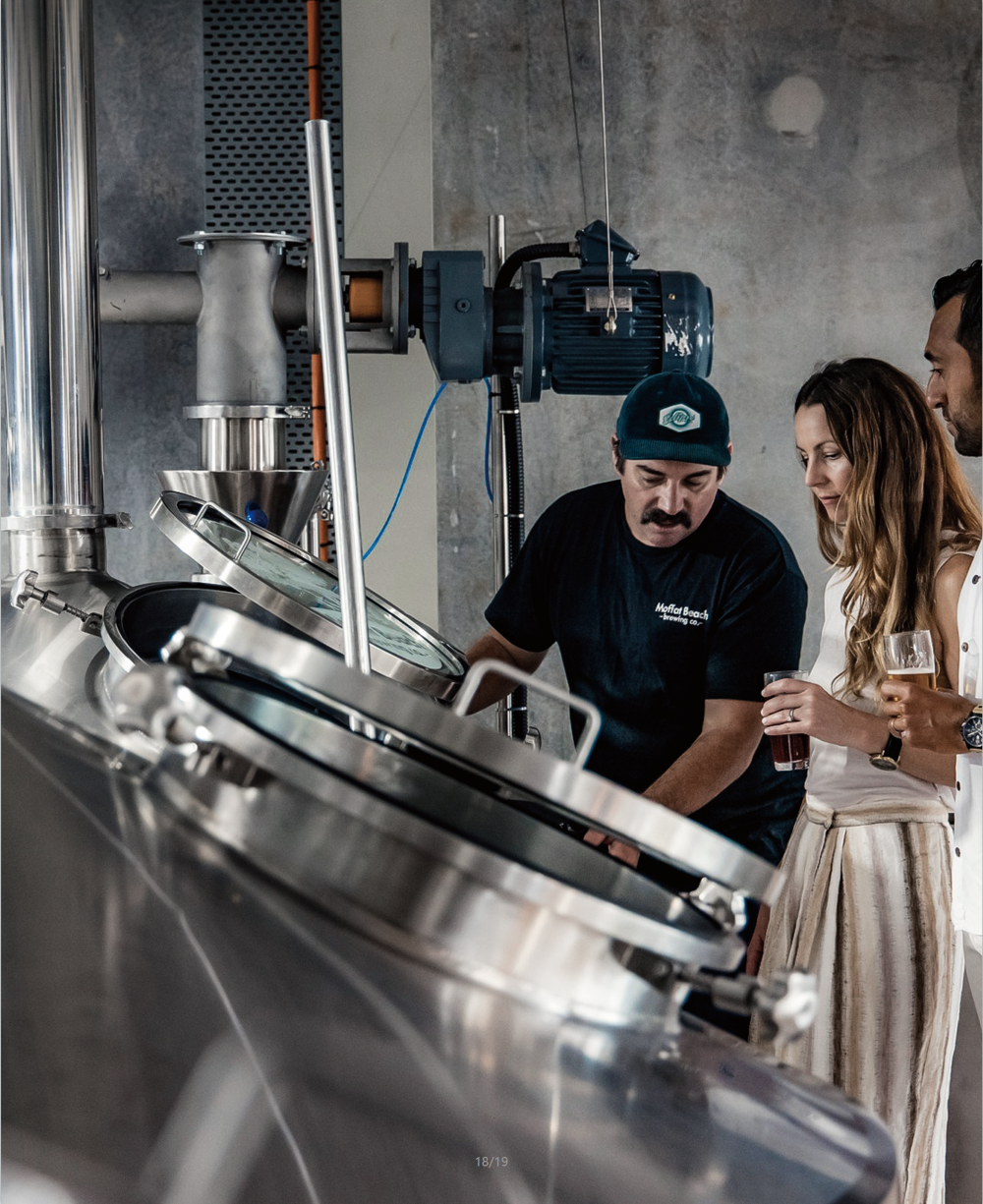Understanding Cold Coffee Brewing
Cold coffee is prepared without exposing coffee grounds to hot water, resulting in a smooth and less bitter taste. There are three main methods to brew cold coffee:
1.Cold Brew – Steeping coarsely ground coffee in cold water for an extended period (usually 12–24 hours).
2.Japanese Iced Coffee – Brewing hot coffee directly over ice to rapidly cool it.
3.Nitro Cold Brew – Infusing cold brew coffee with nitrogen gas to create a creamy, stout-like texture.
Each method produces distinct flavors and requires different brewing equipment.
How to Brew Cold Brew Coffee
1. Choosing Your Coffee Beans
For a great cold brew, opt for medium to dark roast coffee beans with chocolatey, nutty, or caramel notes. These flavors complement the cold brewing process, resulting in a well-balanced cup.
2. Grinding Your Coffee
A coarse grind is essential for cold brew to prevent over-extraction and a bitter taste. The grind should be similar to sea salt in texture.
3. Measuring Coffee and Water Ratio
A general ratio is 1:4 (one part coffee to four parts water) for a concentrate, which can later be diluted to taste. For ready-to-drink cold brew, use a 1:8 ratio.
4. Steeping the Coffee
●Add coffee grounds to a brewing vessel.
●Pour filtered cold water over the grounds, ensuring even saturation.
●Stir gently to ensure all grounds are in contact with water.
●Cover and let it steep for 12–24 hours at room temperature or in the refrigerator.
5. Filtering the Brew
Once steeping is complete, strain the coffee using a fine-mesh sieve, cheesecloth, or a dedicated cold brew filter. This separates the coffee grounds, leaving a smooth liquid.
6. Storing and Serving
Cold brew can be stored in an airtight container in the refrigerator for up to two weeks. It can be served black, with milk, or sweetened with syrups.

How to Brew Japanese Iced Coffee
1. Choosing the Right Beans
Japanese iced coffee retains more acidity and brightness, so light to medium roast beans with fruity and floral notes work best.
2. Measuring Coffee and Ice Ratio
A typical brewing ratio is 1:16 (coffee to total water), with half of the water replaced by ice. For example, if you use 500ml of total liquid, 250ml should be ice.
3. Brewing Process
●Brew coffee using a pour-over method (Hario V60, Chemex, or Kalita Wave) with half the total water volume.
●Brew directly over a vessel containing ice.
●Stir the coffee after brewing to mix the melted ice and cool the coffee quickly.
4. Serving and Storing
Japanese iced coffee is best enjoyed fresh, but it can be stored in the refrigerator for up to 24 hours.
How to Brew Nitro Cold Brew
1. Preparing Cold Brew Concentrate
Follow the same steps as cold brew preparation, but ensure a higher concentration (1:4 ratio) for a richer texture.
2. Infusing with Nitrogen
●Transfer cold brew to a nitro keg or a whipped cream dispenser with a nitro cartridge.
●Shake well and let it sit for a few minutes to allow proper infusion.
●Serve through a nitro tap or dispense into a glass to create a frothy, creamy texture.
3. Serving Nitro Cold Brew
Pour into a glass without ice to enjoy the cascading effect. It’s typically served without milk or sugar due to its naturally sweet and smooth taste.
Choosing a Suitable Cold Coffee Brewing System
1. Home Brewing Systems
For personal use, consider the following:
●French Press – Simple and affordable for small-batch cold brew.
●Cold Brew Mason Jar or Pitcher – Suitable for easy home preparation.
●AeroPress – Allows for quick cold brewing with a shorter steep time.
●Pour-Over Kit – Ideal for Japanese iced coffee.
●Nitro Cold Brew Dispenser – For those who love nitro cold brew at home.
2. Commercial Brewing Systems
For cafes or large-scale production, consider:
●Toddy Cold Brew System – A popular choice for smooth and large-batch cold brew.
●Filtron System – Another high-quality immersion cold brew system.
●OXO Cold Brew Maker – Offers precise filtration and a well-designed system for medium-sized operations.
●Nitro Kegerator – Ideal for serving nitro cold brew in a commercial setting.
●Automated Cold Brew Machines – Designed for high-volume brewing with consistent results.

3. Factors to Consider When Choosing a System
When selecting a cold coffee brewing system, keep these factors in mind:
●Batch Size – Choose a system based on your daily consumption or sales volume.
●Ease of Use – Consider systems that offer convenience, especially for high-demand settings.
●Filtration Quality – Ensure efficient filtration to prevent sediment in the final brew.
●Storage and Dispensing – Large-batch brewers should offer proper storage options to maintain freshness.
●Cost and Investment – Home brewers can opt for budget-friendly solutions, while commercial brewers should invest in high-capacity systems.

Cold coffee brewing is a versatile and rewarding process that can be tailored to different preferences and business needs. Whether you prefer a classic cold brew, a quick Japanese iced coffee, or a luxurious nitro cold brew, understanding the brewing methods and selecting the right system ensures the best experience.
By considering factors like batch size, ease of use, and cost, you can find the ideal brewing system to meet your personal or commercial goals. With the right approach and equipment, anyone can enjoy a perfectly brewed cold coffee, whether at home or in a bustling café environment. Cold coffee’s refreshing taste and versatility make it a staple in modern coffee culture, and the right brewing system enhances its quality and consistency.
TIANTAI factory can provide you a complete cold coffee brewing system, customized brewing technology requirements, manual or automatic control for option. We provide different capacity from home hobby 50 liters 100 liters to commercial cold coffee brewing 5000 liters, 10000 liters volume. If you are looking for high quality cold coffee brewing system, please feel free to contact with TIANTAI.

Edited by Daisy Cai
[email protected]


.jpg)
.jpg)

.jpg)

Get In Touch